7 Steps to Successful Schoolwide Positive Behavior Support
January 24, 2017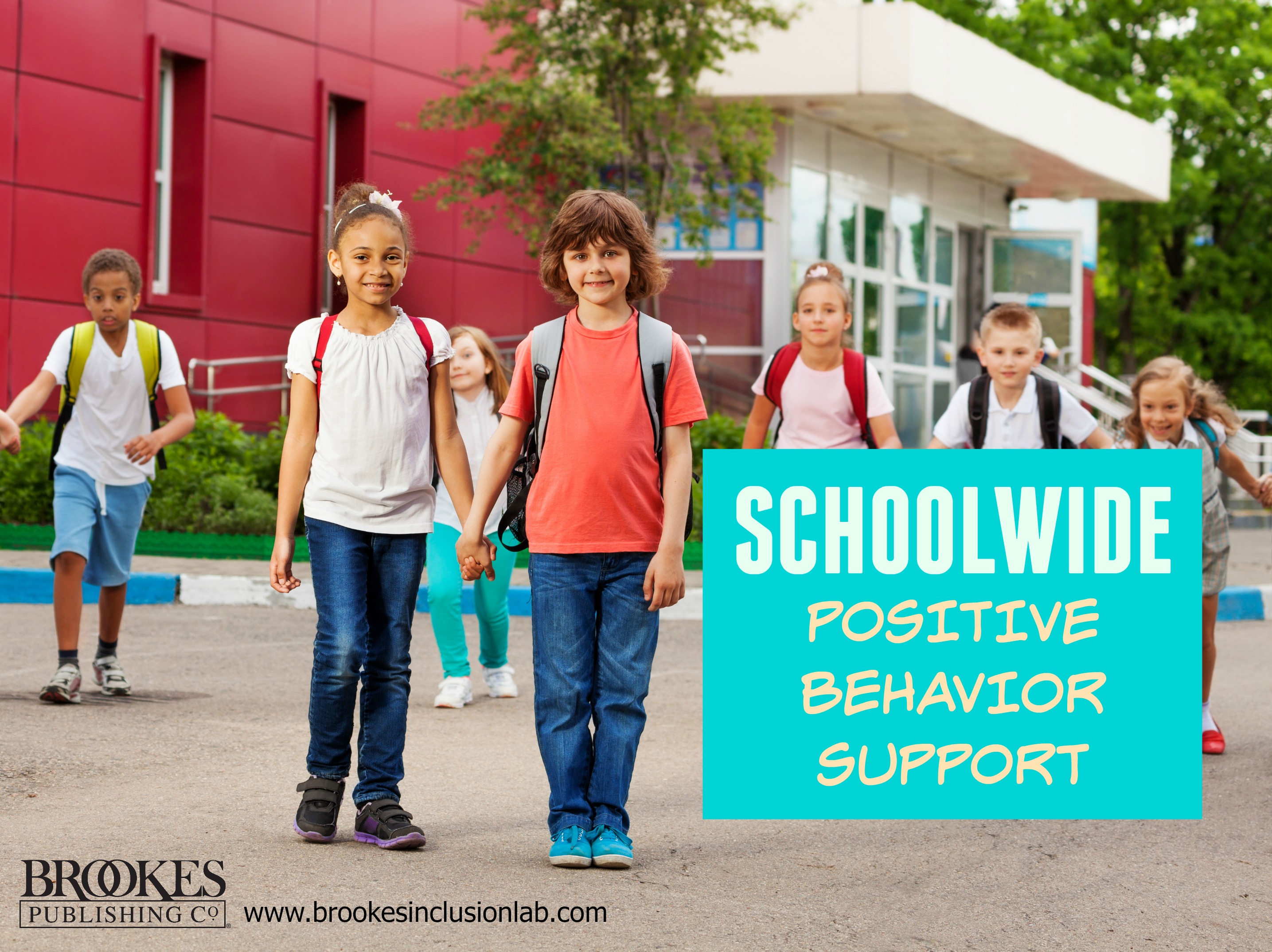
Encouraging positive student behavior is a critical issue in any inclusive school (in any school, period!). Whether your school has a positive behavior support system in place or you’re still working on yours, today’s blog post will help you ensure that your plan is focusing on the right things.
 Today, let’s take a look at 7 essential steps to a successful schoolwide positive behavior support plan. These are excerpted and adapted from the latest edition in the Teachers’ Guides to Inclusive Practices series: Behavior Support, Third Edition, by Linda Bambara, Rachel Janney, and Martha Snell. The authors are highly respected experts on inclusion, and these steps they outline are the perfect starting point for making PBS work in your school.
Today, let’s take a look at 7 essential steps to a successful schoolwide positive behavior support plan. These are excerpted and adapted from the latest edition in the Teachers’ Guides to Inclusive Practices series: Behavior Support, Third Edition, by Linda Bambara, Rachel Janney, and Martha Snell. The authors are highly respected experts on inclusion, and these steps they outline are the perfect starting point for making PBS work in your school.
Step 1: Create a purpose statement that makes your goals clear.
Write a short, positively phrased statement that includes all staff and students and articulates the ultimate goal of your behavior support plan.
Example: Mountain View Elementary School is a community of learners. We are all here to learn and grow together and to become good citizens.
Keep this statement close at hand for ongoing guidance as you carry out your plan.
Step 2: Identify expectations for appropriate behavior AND define them clearly with examples.
Come up with three to five simple, positive phrases that lay out your behavioral expectations for the whole school and emphasize key values.
Example: As a Mountain View Elementary School student, I will be respectful: I will honor all people and their ideas. I will be responsible: I will use my time wisely and do all tasks that are assigned to me. I will be safe: I will keep myself and others from harm.
When expectations are clear, staff and students can easily communicate about their school’s social and behavioral climate. Make sure these expectations have a prominent place in your school: work them into a school pledge kids recite each morning, or hang posters in hallways and classrooms.
To clarify what the expectations look like in action, be sure to define guidelines for different school settings and routines more specifically. Here’s an example:
Display these expectations in the appropriate spots in your school, so all students and staff know what respectful behavior looks like in all settings.
Step 3: Decide how behavior expectations will be taught, prompted, and monitored.
Direct instruction on respectful behavior helps students follow your expectations. If you’re a teacher, here’s what this instruction might look like:
- Introduce the expectation and give the rationale. (You might decide to emphasize one expectation a week for the first several weeks of the school year.)
- Provide clear examples of respectful and disrespectful behavior.
- Model desired behaviors for students, pointing out key features.
- Have students practice the behaviors through role-play, and give them immediate feedback.
- Keep cueing and prompting appropriate behavior inside and outside the classroom (Example: “Remember the four cafeteria expectations: stay seated, stay in self-space, use inside voices, and keep clean.”)
For consistent schoolwide behavior support, your school should prepare some simple lesson plans teachers can use to communicate the expectations for each setting and routine. Here’s a sample:
Step 4: Develop many ways to acknowledge expected behaviors.
Teachers and staff members should be prepared to “catch students being good”–and reinforce the positive behaviors they see. Your school should have lots of different ways to acknowledge positive behaviors. For example:
- Specific, genuine praise given immediately after a student does something positive
- Reward tokens or tickets that students can trade for special activities and small prizes
- Public recognition (a special title, a school announcement) given to students who demonstrate behaviors outlined in the expectations
- A display case featuring names and photos of students who are positive-behavior superstars
- Special social interaction opportunities, like eating lunch with a teacher or the principal
Step 5: Establish consistent strategies for responding to behavior issues.
Your schoolwide behavior support plan should clearly define which behaviors need correcting, what the consequences will be, and whether teachers or administrators will deliver consequences for specific behaviors. Here are a few examples:
Behavior: A student is running in the hall.
Who should handle it: Teacher
Consequence: On-the-spot verbal correction: “I saw you running in the hall and almost bumping into other students. I need to see you walking quietly, staying in your self-space, and staying to the right.”
Behavior: A hallway argument between two students.
Who should handle it: Teacher
Consequence: Mild consequences such as losing free time or completing a Student Problem Report to reflect on the behavior and make a plan for avoiding it in the future.
Behavior: Physical aggression or a heated verbal exchange including threats.
Who should handle it: Administrator
Consequence: Referral to the office. (Your school should include a sample of a completed office discipline referral form in the staff handbook and send it to parents/guardians to inform them if their child receives a discipline referral.)
Step 6: Increase structure and supervision.
Crowded non-classroom settings such as hallways, cafeterias, and restrooms often pose the greatest challenges to positive behavior, even in schools where behavior expectations are clear. What are your problem-prone settings and student groupings? If a student is acting out at a certain time, what function is that behavior performing for him (getting peer attention? Escaping an undesired task?). Record your observations, and then:
- Develop, teach, and reinforce routines. Using your information on behavior antecedents and functions, design structured routines and arrangements that support more positive behaviors.
- Increase active adult supervision. In settings where the most problem behaviors occur, consider having more staff actively supervise by scanning the area, walking around, and interacting with students frequently.
- Use precorrection strategies. Before students enter a setting where problem behaviors tend to happen, review setting-specific rules, verbally prompt and model desired behaviors, and remind students of positive reinforcers they can earn if they meet expectations.
Step 7: Draw up a plan for consistent record keeping and decision making.
Make sure the plan is efficient and user-friendly, or it won’t be used–and you won’t have the information you need to evaluate whether your behavior support system is really working.
Collect data in a way that lets you analyze patterns across students, locations, times, behaviors, and consequences, and see where teachers and staff might need extra training in specific areas (supervising certain school settings, deciding whether a behavior warrants an office referral. Communicate findings regularly to school staff in a consistent, easy-to-read format (simple graphs, for example).
What would you add to this list? Are there other essential steps to implementing a successful positive behavior support system across your whole school? Tell us in the comments below!
For more guidance on schoolwide positive behavior support, check out Behavior Support.
What if you’ve already got a schoolwide behavior support program–you’re just not sure how well it’s working? Use the SAPR-PBIS tool to find out!
Other sources for this post:
Simonsen, B., Sugai, G., & Negron, M. (2008). Schoolwide positive behavior supports: Primary systems and practices. Teaching Exceptional Children, 40, 32"“40. Sugai, G., & Horner, R. (2002). The evolution of discipline practices: Schoolwide positive behavior supports. Behavior Psychology in the Schools, 24, 23"“50.

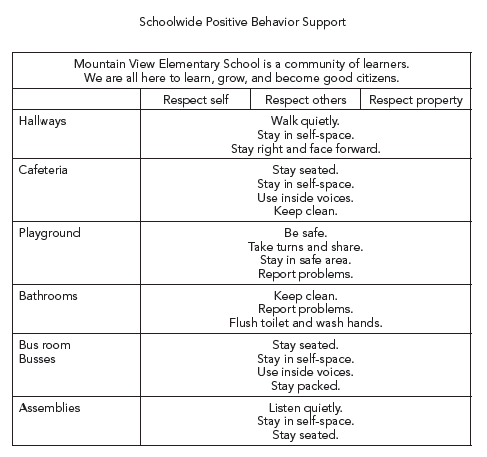
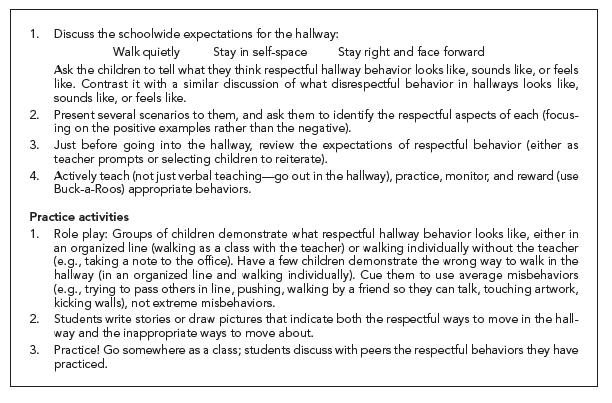
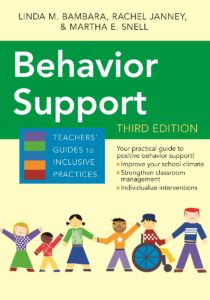
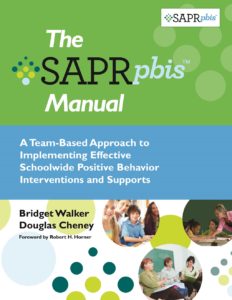

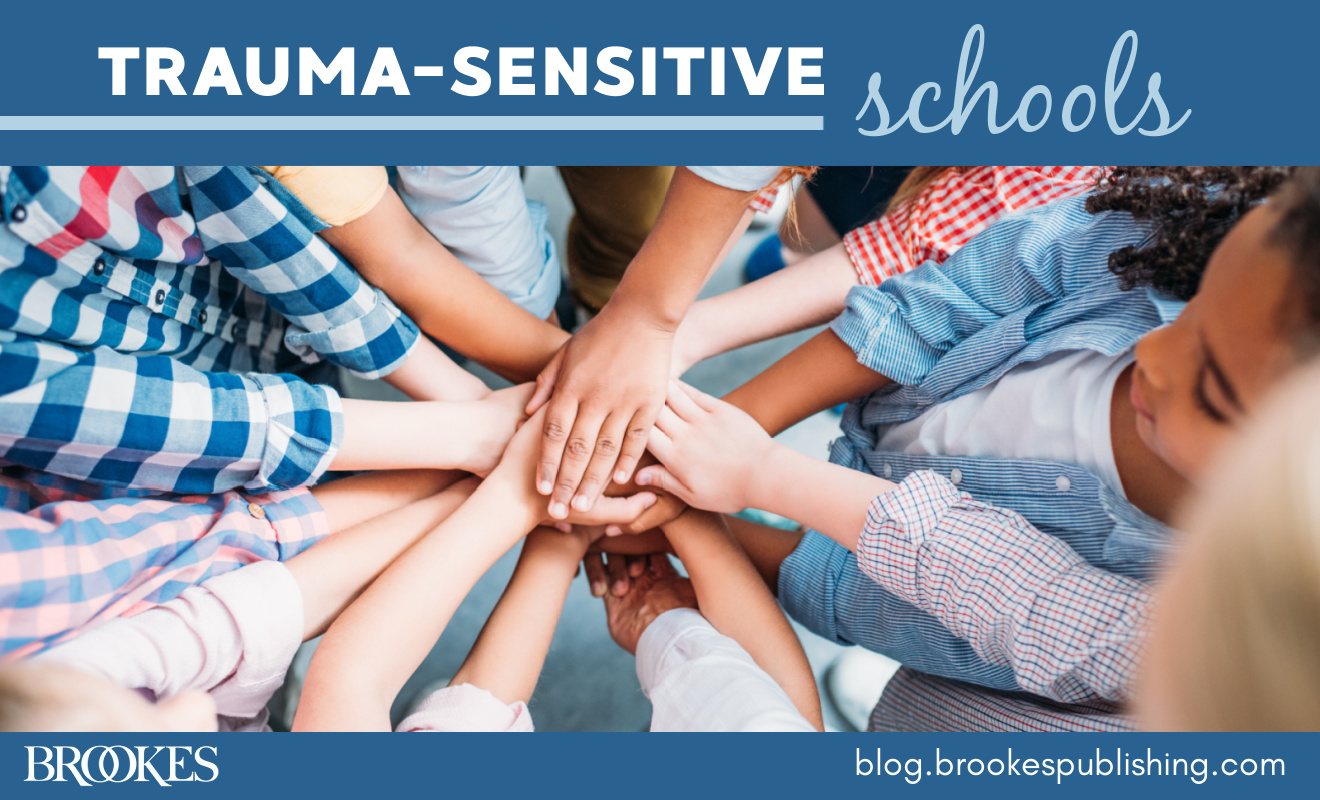
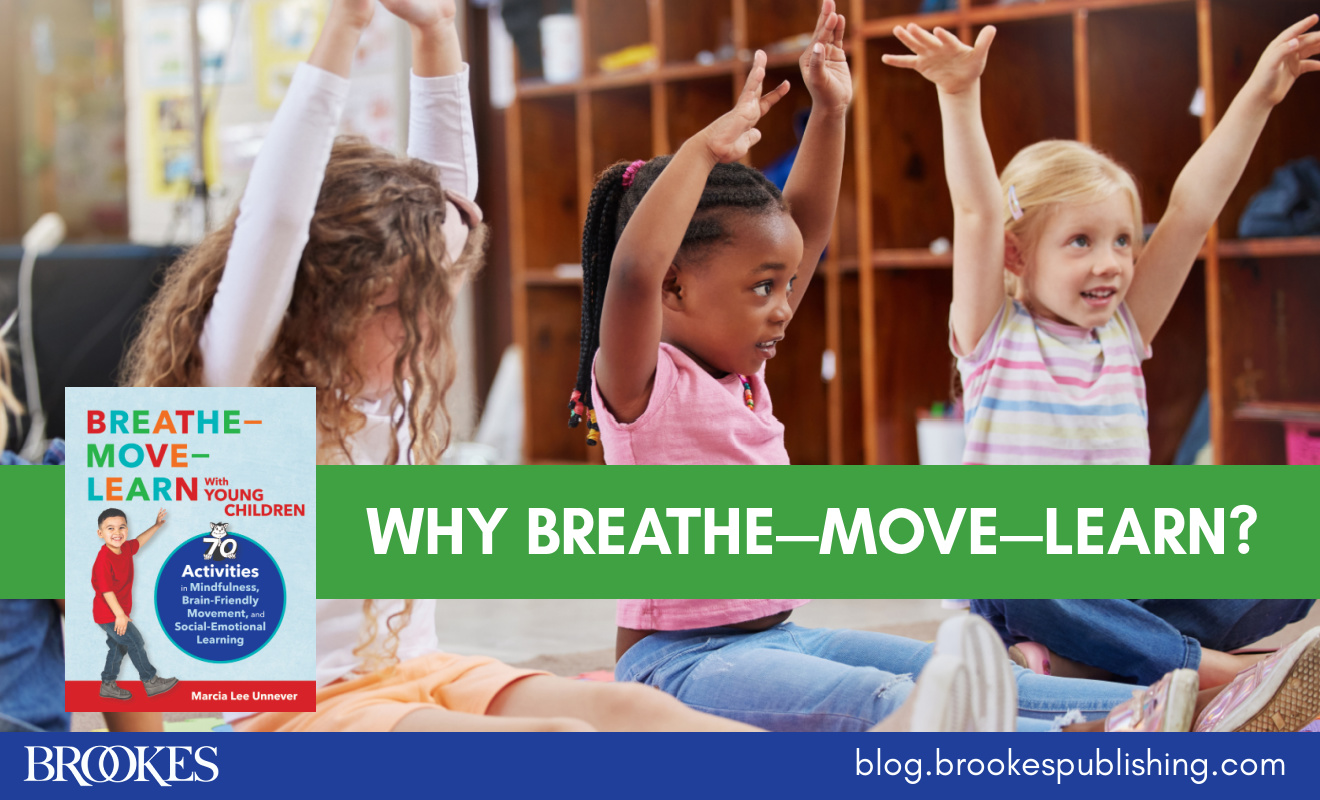
Write a Comment
Your email address will not be published. Required fields are marked *
comments
Erika o donell says
Hi good morning I would like to suggest that in your team meetings PLEASE let your ABAs know how bad and not etic is using all the times cellphones while they are in a clients homes talking with their husbands I have my child she is autistic and I feel very un respectfully when this woman’s just spent 5 or 6 hours in my house just using theirs phones
Post a Comment